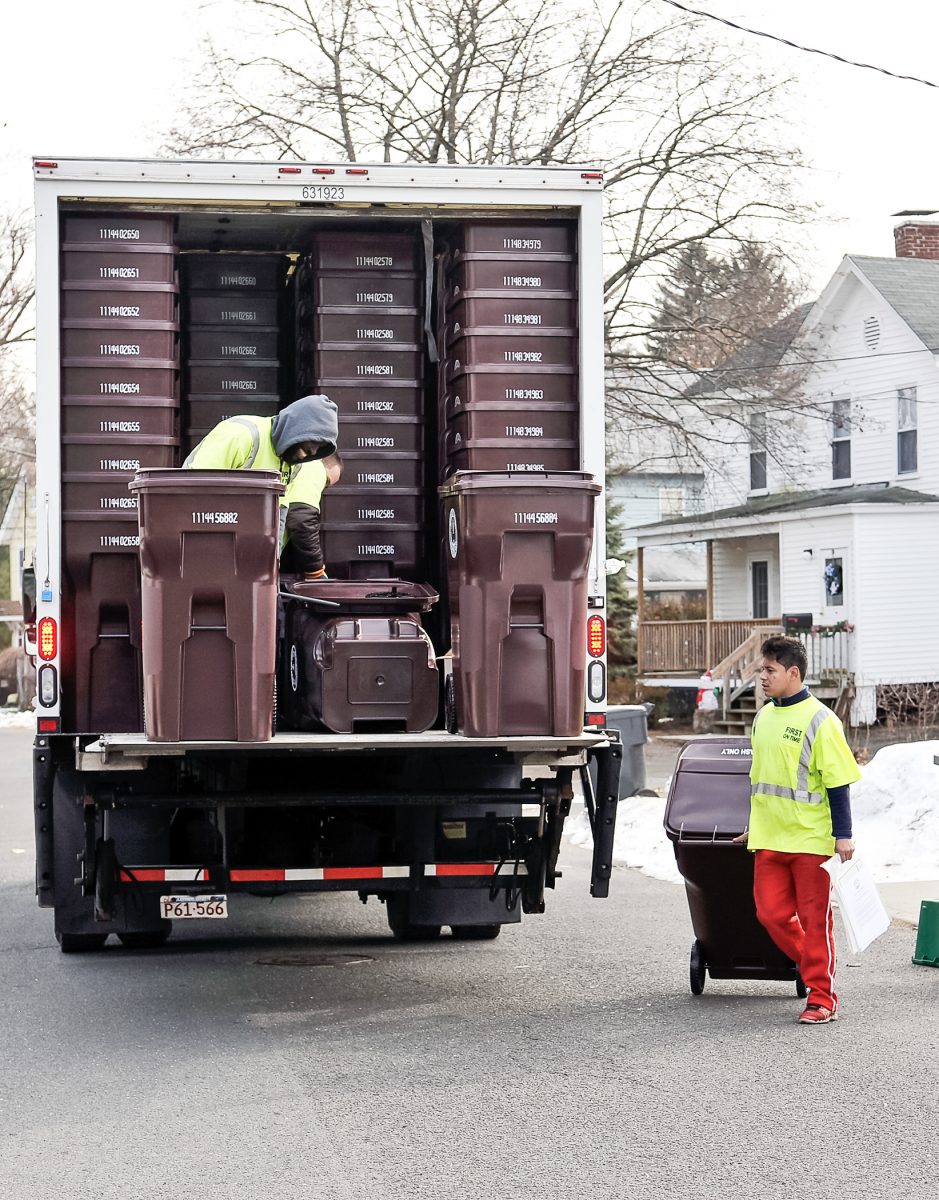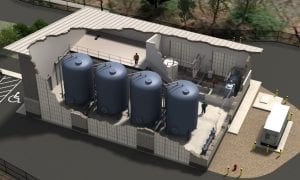WESTFIELD – In today’s economy, cities and towns all across America are feeling the crunch. With fewer funds available, many communities nationwide have begun looking for new ways to stretch their money and remain above water.
Which is precisely what Mayor Daniel M. Knapik has in mind for Westfield.
Following a lead set by nearby communities, Knapik has been envisioning the construction of an anaerobic digester for the city of Westfield. It now appears that the groundwork may be set for that vision to become a reality in the near future.
“We have been in talks with Siemens on energy management and their local partner Tighe and Bond, who is our landfill consultant,” Knapik said. “Discarded food and paper make up the majority of solid waste in the city, much of it coming from our schools. If we can utilize that waste to create energy, it would be a huge advantage for (Westfield).”
According to the Massachusetts Clean Energy Center, an anaerobic digester uses microorganisms to break down biodegradable materials, which creates a biogas that can be used for heat and electricity.
Due to their ability to reduce landfill emissions and their lower capital costs compared to other power plant-type facilities, anaerobic digesters have become popular in Europe within the last few years and the concept of reusing waste to provide energy for Westfield’s 41,000-plus residents is an idea that appeals to Knapik.
For this project, Knapik will call on Dave Billips, the head of Westfield’s water treatment plant, who knows a thing or two about digesters and believes them to be an effective method for generating power.
“They are very effective,” Billips said. “I know Deer Island (Greater Boston’s waste water treatment plant, located in Winthrop) has several of these digesters, which you can see from across the harbor, and which function the same way Westfield’s would.”
While Deer Island is primarily a sewage treatment plant, it does use anaerobic digestion for around 25 percent of it’s on-site power needs. Deer Island treats wastewater for 43 communities in Greater Boston.
When asked where the digester facility would be placed, Billips said that it could be placed near either the city’s wastewater treatment plant or it’s landfill, as both would be able to power the digester.
In regards to the funding for the facility, Knapik admitted he hadn’t had those talks yet, but pointed out sanitation as a department that would benefit most if the facility comes to fruition.
“We spend over one million dollars annually on sanitation,” Knapik said, “and if we can reduce our biodegradable waste, and reuse what we would then waste for energy purposes, we can save a considerable amount of money.”
“They are expensive to build. You certainly aren’t going to complete this project for ten grand.” Billips adds. “We are putting a committee together to evaluate the project and see if it is feasible.”
Asked about what he hopes to accomplish with the potential construction of the facility, Mayor Knapik is simultaneously optimistic and realistic going forward.
“Schools in our district discard on average about half a million copies of paper per month, so to use that waste and turn it into heat and electricity would be huge for our city,” Knapik said. “If we can reduce our solid waste by a third, and turn that into energy, this facility would be a success.”






